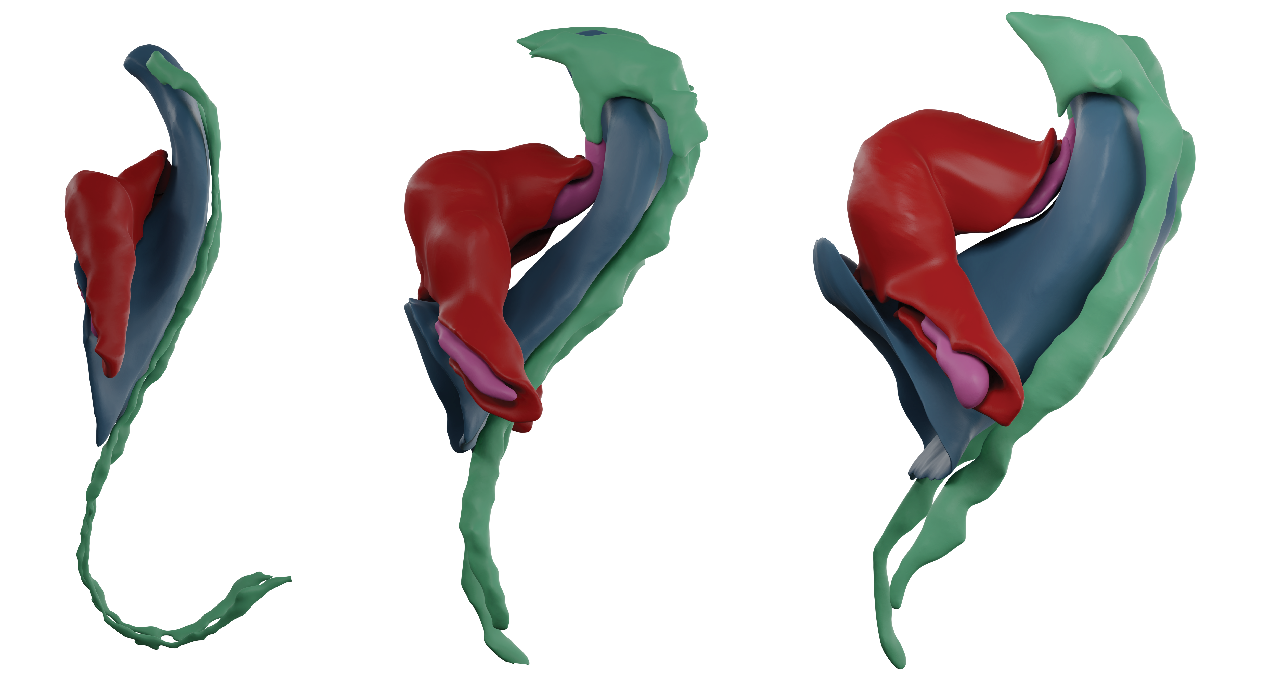Pseudodynamic analysis of heart tube formation in the mouse reveals strong regional variability and early left–right asymmetry

Understanding organ morphogenesis requires a precise geometrical description of the tissues involved in the process. The high morphological variability in mammalian embryos hinders the quantitative analysis of organogenesis. In particular, the study of early heart development in mammals remains a challenging problem due to imaging limitations and complexity. Here, we provide a complete morphological description of mammalian heart tube formation based on detailed imaging of a temporally dense collection of mouse embryonic hearts. We develop strategies for morphometric staging and quantification of local morphological variations between specimens. We identify hot spots of regionalized variability and identify Nodal-controlled left–right asymmetry of the inflow tracts as the earliest signs of organ left–right asymmetry in the mammalian embryo. Finally, we generate a three-dimensional+t digital model that allows co-representation of data from different sources and provides a framework for the computer modeling of heart tube formation.
@article{esteban2022pseudodynamic,
author = {Esteban, Isaac and Schmidt, Patrick and Desgrange, Audrey and Raiola, Morena and Temi{\~n}o, Susana and Meilhac, Sigol\`{e}ne M. and Kobbelt, Leif and Torres, Miguel},
title = {Pseudo-dynamic analysis of heart tube formation in the mouse reveals strong regional variability and early left-right asymmetry},
year = {2022},
journal = {Nature Cardiovascular Research},
volume = 1,
number = 5
}

